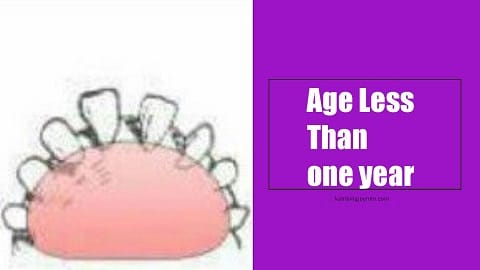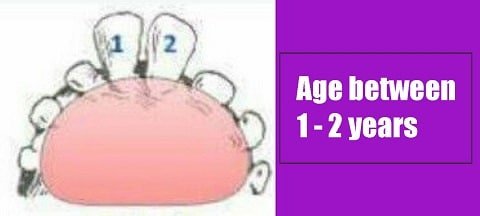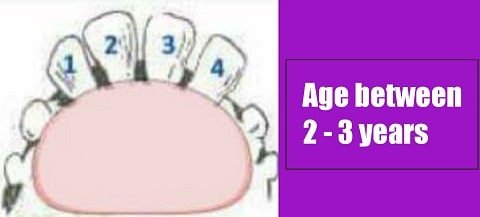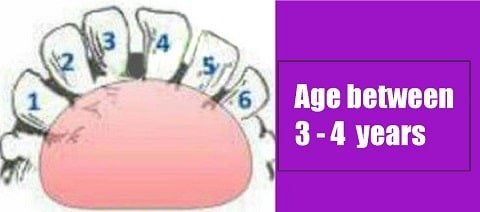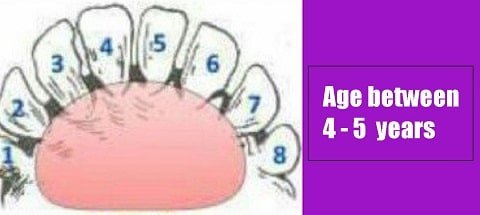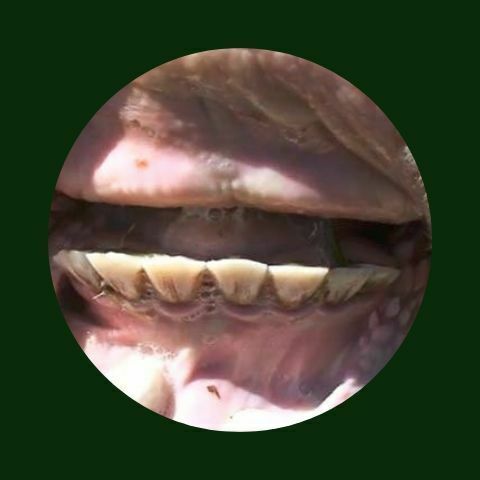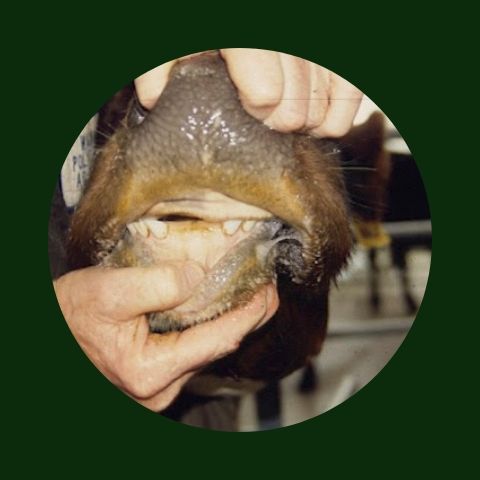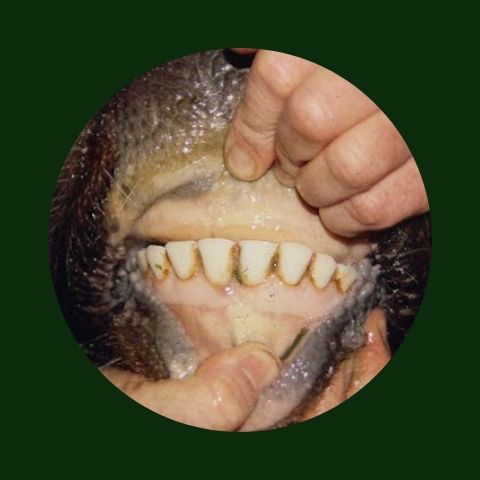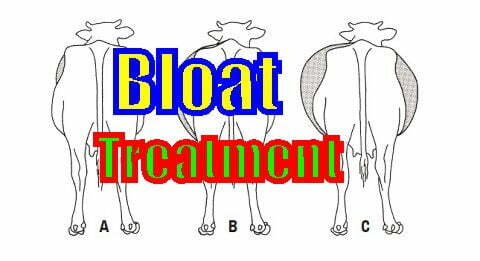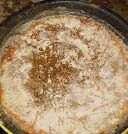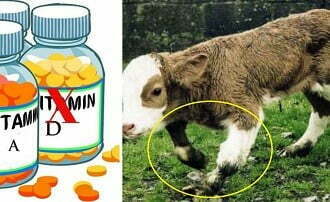Methods of Determining Age of Cattle can be done in various ways. We can do this by looking at its teeth, ring horns, and tail hair.
These three methods do not require any tools, can be done with the naked eye. But it requires trained skills.
A more accurate way is to look at the teeth. Horn rings are less accurate for use in cattle age determination. Moreover, the method with tail hair.
However, the most accurate is knowing the recording. Unfortunately, not all cattle are recorded properly.
Knowing the age of a cow is very useful for cattle breeders. This age will come in handy in terms of management and marketing.
The age of the cow affects the value or selling price of the cow itself.
These are the methods of determining the age of cattle. Starting from the most accurate.
Cattle age determination from data recording
A recording is an activity of recording the identity and all activities that occur on a farm.
This activity is not carried out only on the date of birth of the cow but also on many things.
For example, recording cow identity, cow reproduction activities, cow health data, and cow production.
Small scale cattle breeders, do not really need this activity. But it would be great if you had started.
On a large scale, data recording will go a long way in making efforts more effective.
With a large number of livestock, it will be very difficult to memorize the track record. With the recording, we can find out which cows have gained the least weight, have the lowest milk production, and are often late in lust.
After all these data are available, the steps for evaluating livestock activities will become easier.
These are examples of tables that can be used to start recording on a cattle farm.
Recording of cow identity.
Information that must be available in the recording of a cow’s identity is the cow’s number (usually on the ear tag), date of birth of the cow, the name of the cow (if necessary), gender, birth weight, type of birth, race, parent, father, owner, previous owner, the previous owner before.
An example of a table can be seen in the image below.
Recording of cow reproduction
Recording of cows in reproductive activities includes data on cow puberty age, artificial insemination (AI) activities, date of pregnancy, and date of birth.
| No | Mating | Pregnancy date | Birthing date | |||||||||
| Artificial Insemination | Cement code | Officer | Natural mating | |||||||||
| I | II | III | I | II | III | I | II | III | ||||
| 1 | ||||||||||||
| 2 | ||||||||||||
| 3 | ||||||||||||
| 4 | ||||||||||||
| 5 | ||||||||||||
| 6 | ||||||||||||
Recording of cow health
If a cow has been sick, the data can be seen. What pain, treated with, and who is the officer too.
| NO | Date | Diagnosis | drug/vitamin | Officer | Vaccination |
| 1 | |||||
| 2 | |||||
| 3 | |||||
| 4 | |||||
| 5 |
Production recording
For dairy cows, we can see the ability of cows to produce daily milk. This example table also applies to meat production.
But if you have to record the increase in weight every day, it’s a hassle too. Can be modified to increase per week or per month.
A. Daily production
| No | Date | Morning | Evening | Total |
| 1 | ||||
| 2 | ||||
| 3 | ||||
| 4 | ||||
| 5 | ||||
| 6 | ||||
| 7 | ||||
| 8 |
B. Monthly Production
| NO | MOnth | Total | Fat (%) |
| 1 | |||
| 2 | |||
| 3 | |||
| 4 | |||
| 5 | |||
| 6 |
The table above will provide data per cow. So, the data will be very much. Moreover, the number of cows is in the hundreds to thousands.
Therefore, pro breeders usually need the help of software. So that recording activities do not consume a lot of time and resources.
The arrangement of cow teeth | ||||||||
| Upper jaw | 3 | 3 | 0 | 0 | 0 | 0 | 3 | 3 |
| Lower Jaw | 3 | 3 | 0 | 4 | 4 | 0 | 3 | 3 |
At first the milk incisors, then these baby teeth will change into permanent incisors as the cow gets older.
There are 8 baby teeth, small in size and whiter in color.
Then these teeth will be dislodged (loot) and turn into permanent incisors. The size is bigger and the color is darker.
The removal of the milk incisors indicates the age of the cow. We can predict it in the following way:
- The milk incisors have grown while the outer incisors have not, this means that they are 15 days old.
- The incisors have fully grown, both inside and outside. They are 1 month old,
- The inner milk incisors have been honed. The cow is 6 months old.
- The inner milk incisors are completely honed. Cows are 10-12 months old.

- The external milk incisors are completely honed. They are 16-18 months old.
- The inner milk incisors have been replaced with permanent teeth. 1.5 – 2 years old.

- The inner middle incisors have been replaced with permanent teeth. The cow is 2.5 years old.
- The outer middle incisors have been replaced with permanent teeth. The cow is 3 years old.

- Outer milk incisors have replaced with permanent teeth. Cow’s age is 3.5 years
- All the wide incisors are visible. The cow is 4 years old.

- The teeth have not changed anymore while the end teeth have not been attached and have 2 horn rings. The cow is 4.5 years old
- The tip teeth show a sign of shifting the honed plane on the inner teeth and successively to the outer middle teeth getting wider. And has three horn rings. She is 5 years old.

Methods of Determining Age of Cattle based on the horn ring
The appearance of a ring on a cow’s horn can be used to predict the age of a cow. But this method is less accurate.
What if the cow doesn’t have horns?
The cow horn ring appeared | |
| horn ring to | Age |
| 1 | 10 – 12 Months |
| 2 | 20 -24 Months |
| 3 | 30 – 32 Months |
| 4 | 40 – 46 Months |
| 5 | 50 – 60 Months |
However, by the fifth year, the first 3 horn rings have faded and are difficult to identify.
Even by the 8th year, all the horn rings are almost indistinguishable.
The age of a cow is based on the length of the tail hair
This method can only be used for veal. Age less than one year. Less accurate even for cows that are older.
So use all three methods above instead of using this tail hair.
 JOYNIM FARM Goat Farming, Cattle Farm, Laying Hens, Quail Farm, Gardening
JOYNIM FARM Goat Farming, Cattle Farm, Laying Hens, Quail Farm, Gardening




